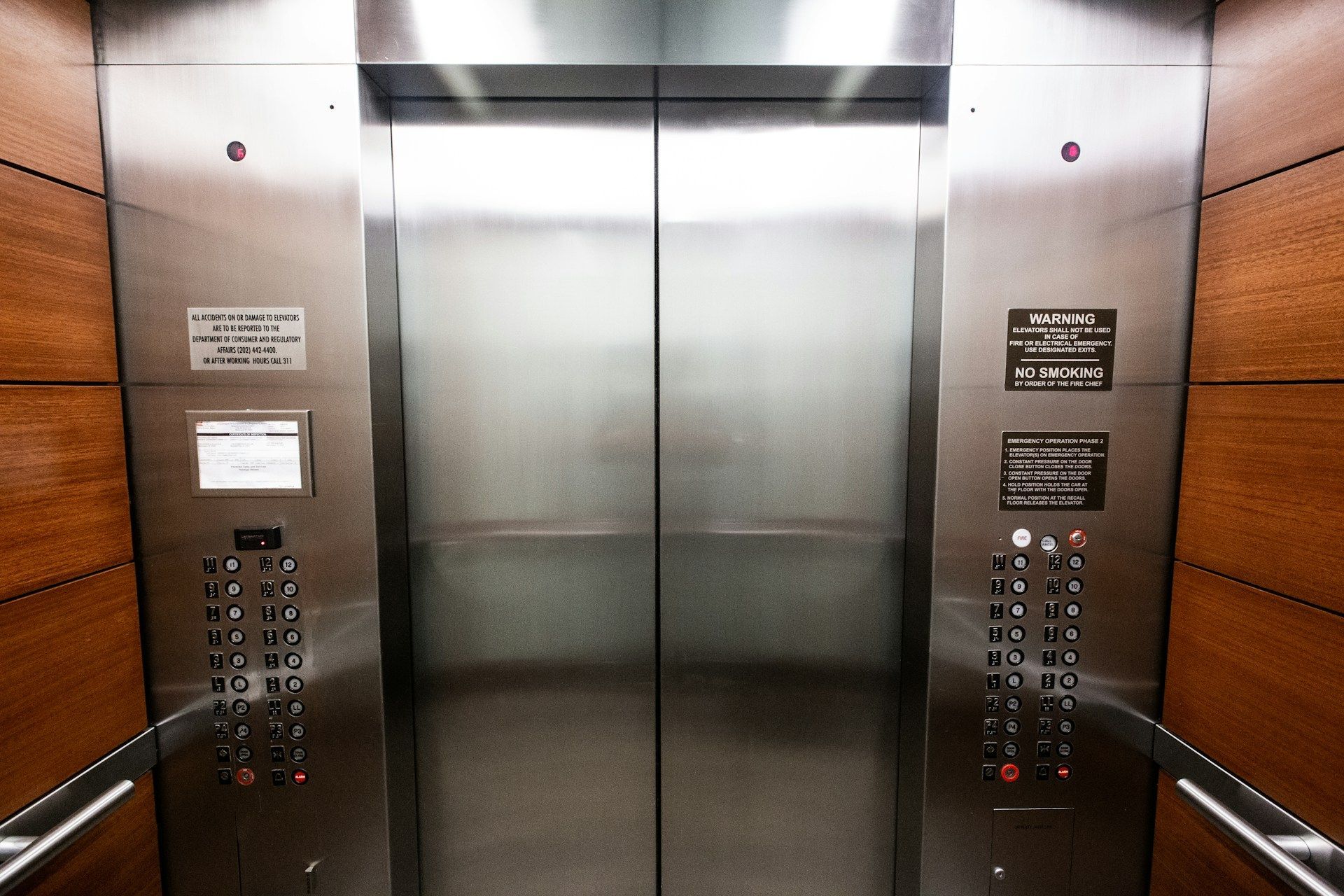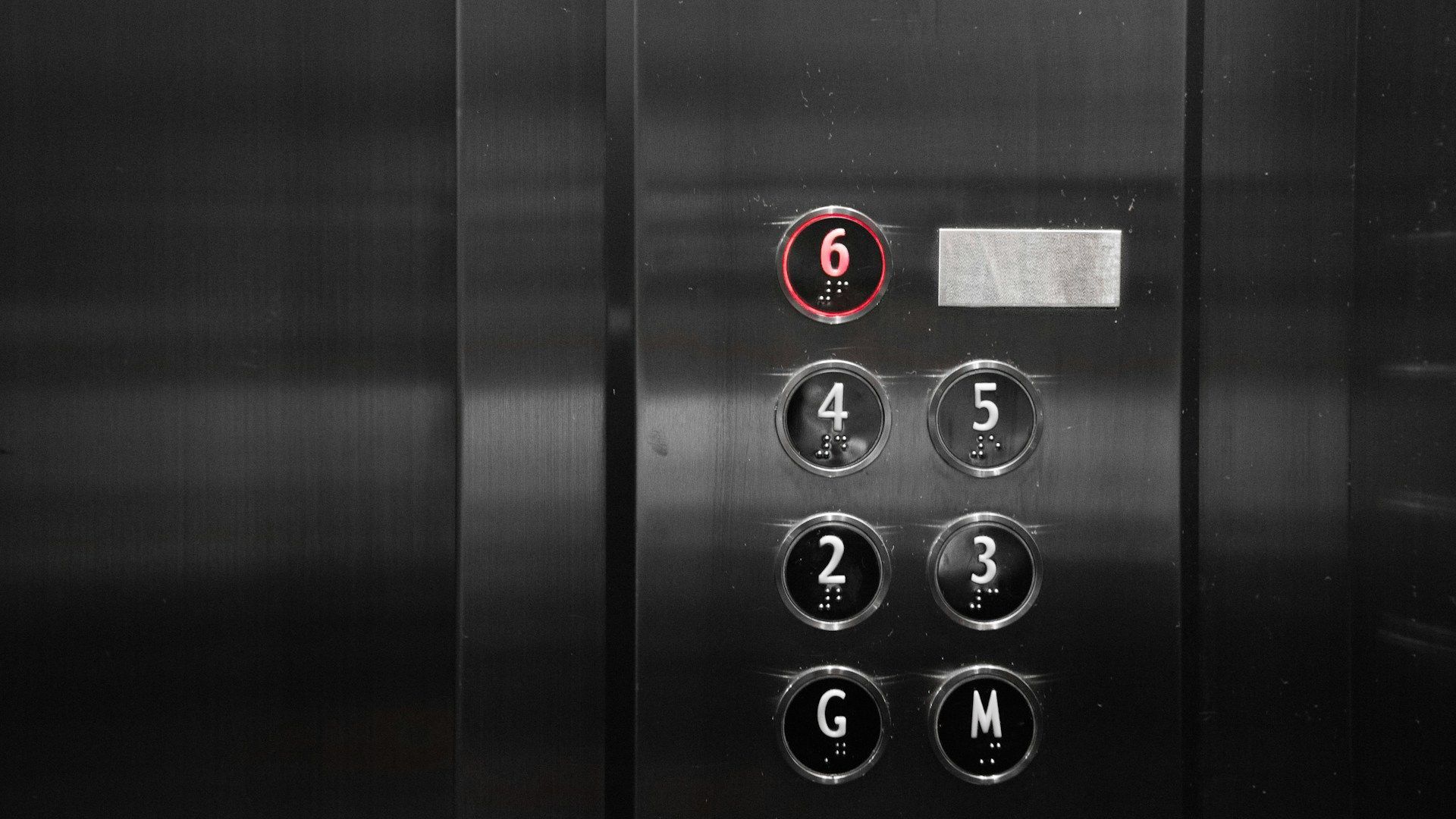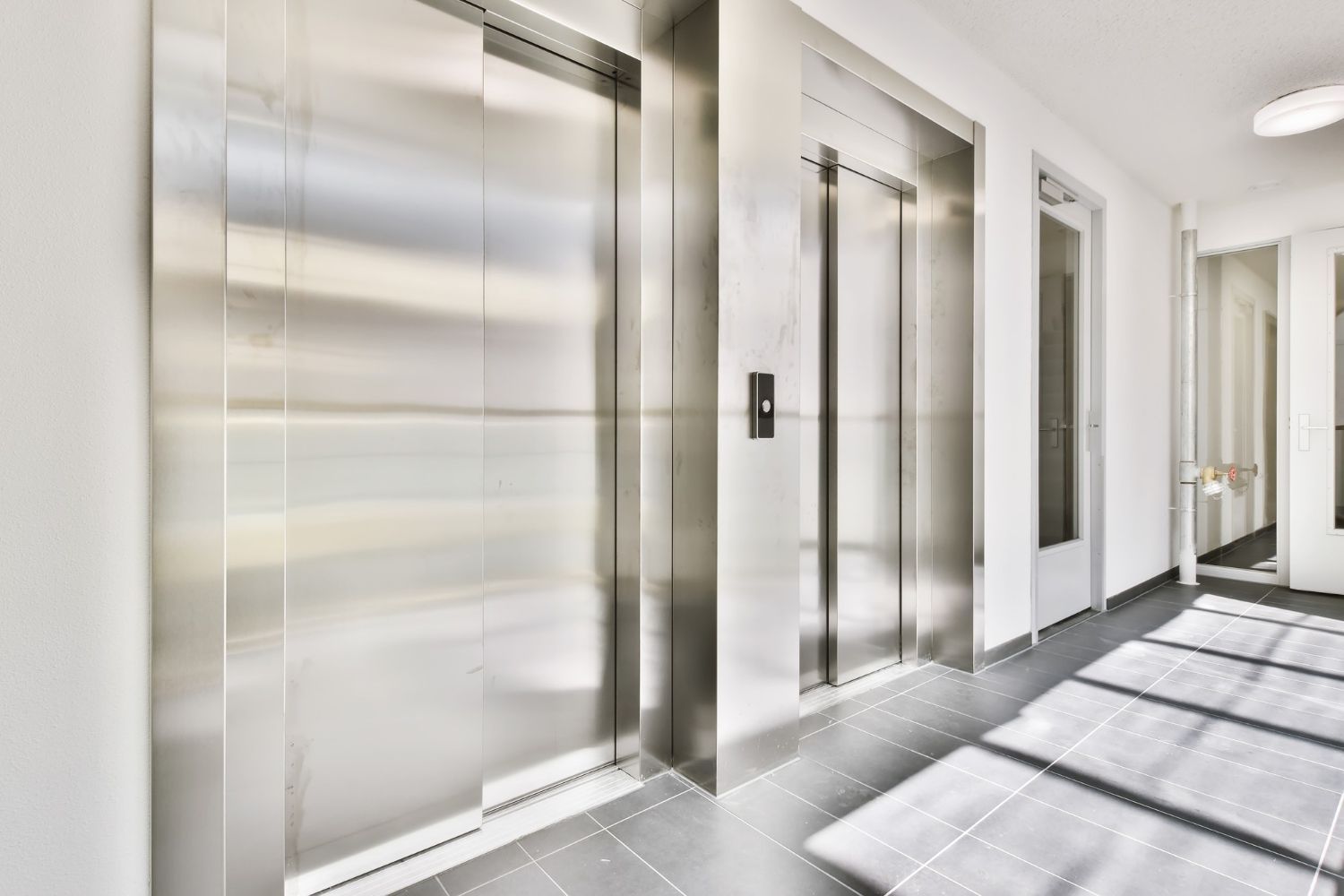Understanding the Basics of Elevator Care
Elevators are a vital part of many buildings, making it easy to move between floors quickly and safely. However, like any machine, elevators need regular care to keep them running smoothly. Understanding the basics of elevator care can help prevent problems and ensure the elevator remains reliable for everyone who uses it.
Regular maintenance is essential for elevator care. It helps catch small issues before they become big problems and ensures the elevator operates safely. Neglecting maintenance can lead to costly repairs or even dangerous situations. By staying on top of regular check-ups, you can keep your elevator in good shape and avoid unexpected breakdowns.
Taking care of an elevator involves inspecting key components, like cables, doors, and control systems. Knowing what to look for and how to address common problems can make a big difference. With proper care and attention, you can extend the life of your elevator, saving money and providing safe, reliable service for years to come. Whether you are a building manager or a property owner, learning about elevator care is a smart investment.
Importance of Regular Elevator Maintenance
Regular elevator maintenance is crucial to ensure safety and reliability. When an elevator is maintained properly, it can operate smoothly and efficiently, reducing the chances of unexpected breakdowns. Just like any other machinery, elevators experience wear and tear over time. Regular maintenance helps spot these issues early on, preventing costly repairs and extending the lifespan of the elevator.
Regular maintenance also plays a significant role in ensuring passenger safety. Elevators carry people every day, and any malfunction can pose serious risks. By conducting regular inspections and servicing, we can make sure that all safety features, such as emergency brakes and alarms, are functioning correctly. This reduces the risk of accidents and keeps everyone safe.
By investing in regular maintenance, building owners can also avoid legal issues. Many regions have strict regulations governing elevator safety. Regular inspections and maintenance help ensure compliance with these laws, avoiding fines and other legal problems. Regular maintenance by qualified technicians is not just a good practice; it’s essential for the safe and efficient operation of elevators.
Key Components to Inspect During Maintenance
Inspecting key components is a critical part of regular elevator maintenance. Focusing on these areas ensures that the elevator remains in good working condition. Here are some important components to check:
1. Control Systems: Check the elevator’s control systems to make sure they are operating correctly. This includes testing the buttons inside the elevator and on each floor, as well as the communication systems used in case of an emergency.
2. Doors and Door Operators: Ensure that elevator doors open and close smoothly without any obstructions. Inspect the door operators, sensors, and interlocks to make sure they are working properly.
3. Cables and Sheaves: Inspect the cables for any signs of wear or damage. The sheaves, which guide the cables, should also be checked to ensure they are aligned and working correctly.
4. Hydraulic Systems: If the elevator is hydraulic, inspect the hydraulic fluid and cylinders. Make sure there are no leaks and that the fluid levels are adequate.
5. Safety Equipment: Check the emergency brakes, alarms, and lights to ensure they are all functioning as intended. This is crucial for passenger safety in case of emergencies.
6. Machine Room: Inspect the machine room to ensure it is clean and all machinery is functioning correctly. This includes checking the motors, generators, and other equipment in the room.
Addressing these key components during maintenance helps keep the elevator running smoothly and safely. Regular inspections can catch small problems before they turn into major issues, saving time and money in the long run. By paying close attention to these essential parts, we can ensure the elevator remains reliable and safe for all users.
Common Elevator Problems and How to Fix Them
Even with regular maintenance, elevators can still run into problems. Knowing the common issues and how to fix them can help keep the elevator running smoothly. Here are some common elevator problems and their solutions:
1. Doors Not Opening or Closing Properly: Sometimes, elevator doors might not open or close correctly due to misaligned sensors or obstructions in the door tracks. Regularly clean the tracks and check the sensors. If the problem persists, the door operator might need adjustment or replacement by a professional.
2. Strange Noises: Unusual noises such as grinding or squeaking can indicate issues with the machinery or worn-out components. Lubricate moving parts regularly. If the noise continues, seek help from a technician to inspect and replace any damaged parts.
3. Slow Movement: When an elevator takes too long to travel between floors, it might be due to old or inefficient motors and cables. Regularly inspect these components for wear and tear. Replacing old motors and cables can help restore the elevator's speed.
4. Frequent Breakdowns: If the elevator frequently stops working, there may be underlying electrical issues or problems with the control system. Regularly inspect the wiring and control panels. A licensed technician should address any complex electrical problems.
5. Unresponsive Buttons: Sometimes, the buttons inside the elevator or on each floor stop working. This issue can be due to faulty wiring or worn-out buttons. Regularly check and replace any malfunctioning buttons to ensure smooth operation.
By understanding these common problems and addressing them promptly, you can keep the elevator in good working condition and avoid major repairs.
Best Practices for Extending Elevator Lifespan
Extending the lifespan of an elevator requires consistent effort and attention to detail. Following best practices can help you achieve this goal, ensuring the elevator remains reliable and safe for years. Here are some best practices to consider:
1. Regular Cleaning: Keep the elevator and its components clean. Dust and debris can accumulate in the tracks and machinery, leading to wear and tear. Regular cleaning prevents these issues and keeps the elevator running smoothly.
2. Timely Repairs: Address any issues as soon as they arise. Ignoring minor problems can lead to more significant issues down the line. Timely repairs help maintain the elevator's performance and prevent costly breakdowns.
3. Professional Inspections: Schedule regular inspections by qualified technicians. They can identify and address potential problems before they become major issues. Regular inspections also ensure compliance with safety regulations.
4. Proper Usage: Educate users on how to operate the elevator correctly. Misuse, such as holding the doors open or overloading the elevator, can cause unnecessary wear and tear. Clear signage and instructions can help users understand the proper way to use the elevator.
5. Upgrade Parts When Needed: Technology advances over time, and upgrading old parts can improve the elevator’s efficiency and safety. Regularly assess the condition of the elevator’s components and consider upgrades when necessary.
6. Energy Efficiency: Opt for energy-efficient components and systems. These not only save on electricity costs but also reduce the strain on the elevator's machinery, contributing to its longevity.
Conclusion
Caring for an elevator involves consistent maintenance, timely repairs, and proper usage. By understanding the importance of regular maintenance and knowing what components to inspect, common problems can be avoided. Implementing best practices can significantly extend the lifespan of an elevator, ensuring it remains a reliable and safe means of transportation within your building.
If you need expert help with
elevator maintenance, repairs, or installation, Elevator Solutions Inc. is here to assist you. Contact us today to keep your elevators running smoothly and safely.



